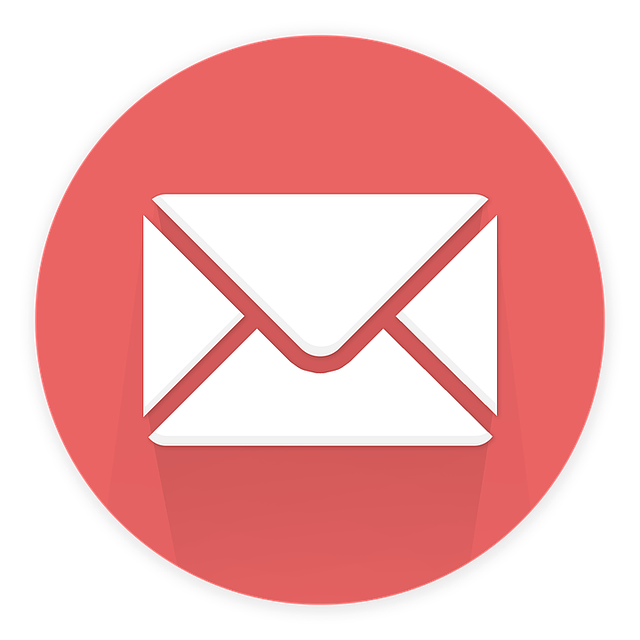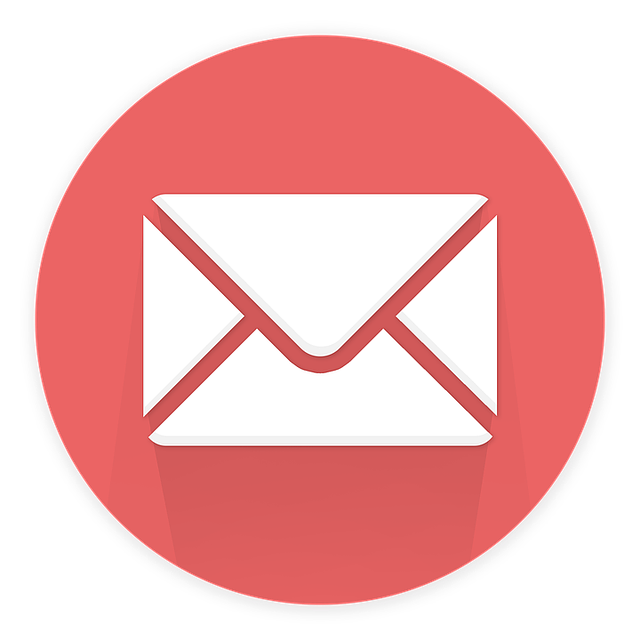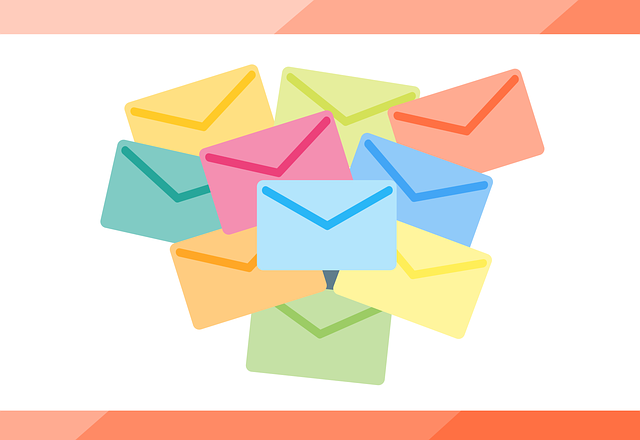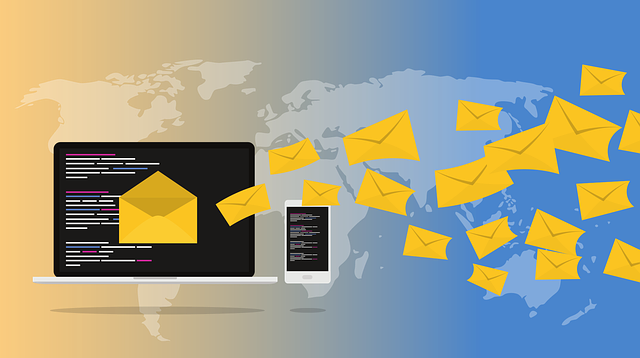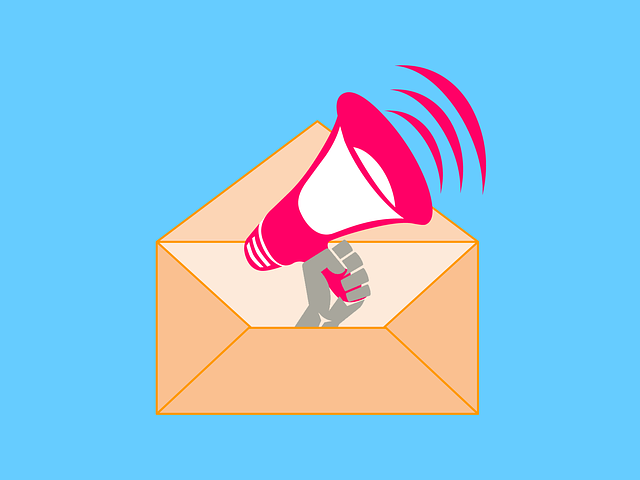Are you tired of being bombarded with emails that are irrelevant, poorly written, and just plain annoying? You’re not alone. In the world of education and e-learning, email marketing has become a necessary evil. But fear not, there is a way to do it right.
In this article, we will delve into the world of email marketing compliance guidelines for education and e-learning. We’ll show you how to navigate the treacherous waters of permission-based marketing, understand data protection laws, craft engaging and relevant content, implement proper email list management, and monitor and analyze your email campaigns.
By following these guidelines, you’ll not only stay on the right side of the law, but you’ll also be able to deliver targeted, valuable content to your audience. So buckle up and get ready to revolutionize your email marketing strategy!
Key Takeaways
- Familiarize yourself with data protection laws, like GDPR.
- Obtain user consent before collecting and processing data.
- Safeguard personal information in email campaigns through strong security measures and data encryption.
- Implement permission-based marketing practices to prevent spam and improve open and click-through rates.
Understand Permission-Based Marketing
Want to learn how to effectively market your education or e-learning program through email? Let’s start by understanding the power of permission-based marketing.
When it comes to ethical marketing practices, permission-based marketing is key. By obtaining explicit consent from your recipients, you’re ensuring that your emails are reaching an audience who actually wants to hear from you. This not only improves your open and click-through rates but also helps you build a loyal and engaged subscriber base.
Additionally, permission-based marketing is essential for spam prevention. By adhering to this practice, you’re respecting your recipients’ privacy and reducing the risk of your emails being marked as spam.
Familiarize yourself with data protection laws to further enhance your email marketing strategy and ensure compliance with regulations.
Familiarize Yourself with Data Protection Laws
To ensure compliance with GDPR, it’s important to familiarize yourself with data protection laws. This means understanding the requirements and regulations set forth by the General Data Protection Regulation (GDPR) and implementing them in your education and e-learning marketing strategies.
It’s crucial to safeguard personal information by implementing robust security measures, obtaining proper consent from individuals, and ensuring the lawful processing of data. By adhering to these guidelines, you can protect the privacy and rights of your customers and students while building trust and credibility in your marketing efforts.
Ensure Compliance with GDPR
Ensuring compliance with GDPR is essential to uphold privacy regulations in email marketing for education and e-learning.
GDPR compliance challenges can arise due to the complexity of the regulations and the need to handle personal data appropriately.
To ensure compliance, it’s important to follow a GDPR compliance checklist. This includes obtaining clear consent from individuals before processing their data, implementing robust security measures to protect personal information, and providing individuals with the right to access, rectify, and erase their data.
Additionally, organizations must appoint a Data Protection Officer and conduct regular audits to monitor compliance. By adhering to these guidelines, you can safeguard personal information and build trust with your audience.
Moving forward, let’s explore how to effectively safeguard personal information in email marketing for education and e-learning.
Safeguard Personal Information
By implementing strong security measures and providing individuals with control over their own data, you can create a safe and trusted environment for personal information in email campaigns for education and e-learning. Data encryption should be a top priority to safeguard personal information. Encrypting sensitive data ensures that even if it falls into the wrong hands, it remains unreadable and unusable. Additionally, obtaining user consent is essential for email marketing compliance. Always seek permission from individuals before collecting and processing their personal data. This not only demonstrates respect for their privacy but also helps build trust with your audience. By prioritizing data encryption and user consent, you can ensure that personal information is protected and handled responsibly. Transitioning into the subsequent section about crafting engaging and relevant content, it is important to create emails that captivate and resonate with your recipients.
Craft Engaging and Relevant Content
Create captivating and meaningful content that speaks directly to your audience’s needs and desires, capturing their attention like a moth to a flame.
To ensure audience engagement and maximize the effectiveness of your email marketing campaign, follow these guidelines:
-
Content creation: Develop content that’s informative, relevant, and valuable to your audience. Provide tips, insights, and updates that address their pain points and offer solutions.
-
Tailor it for your audience: Understand your audience’s preferences, interests, and demographics. Use this information to personalize your content and make it more relatable and engaging.
-
Use compelling visuals: Incorporate eye-catching images, videos, and infographics to make your content visually appealing and enhance its impact.
-
Include a clear call-to-action: Guide your audience towards the desired action by providing a clear and compelling call-to-action. Whether it’s signing up for a webinar, downloading an e-book, or attending an event, make it easy for them to take the next step.
Crafting engaging and relevant content is just the beginning. To further optimize your email marketing strategy, implement proper email list management to ensure the highest level of compliance and effectiveness.
Implement Proper Email List Management
To effectively reach your target audience and maximize the impact of your email campaign, it’s crucial to implement proper management of your mailing list.
One of the key aspects of list management is email segmentation. By dividing your subscribers into different groups based on their interests, preferences, or demographics, you can tailor your content to their specific needs, increasing engagement and conversions.
Additionally, it’s important to pay attention to unsubscribe management. Make it easy for recipients to unsubscribe from your emails by including a clear and visible unsubscribe link in every email. Regularly review and update your list to remove inactive or unengaged subscribers.
By implementing these practices, you can ensure that your email marketing efforts are targeted, relevant, and compliant with email marketing regulations.
Moving forward, it’s essential to monitor and analyze your email campaigns to further optimize your results.
Monitor and Analyze Your Email Campaigns
Now that you’ve implemented proper email list management, it’s time to take a closer look at the performance of your email campaigns. Monitoring and analyzing your email campaigns is crucial for email campaign optimization and measuring campaign success.
By tracking key metrics such as open rates, click-through rates, and conversion rates, you can gain valuable insights into how well your emails are resonating with your audience. This data allows you to identify areas for improvement and make data-driven decisions to enhance the effectiveness of your email marketing efforts.
Additionally, monitoring and analyzing your email campaigns helps you identify potential issues such as high bounce rates or low engagement, allowing you to take immediate action to rectify them. By staying on top of your email campaign performance, you can continually refine your strategies and achieve better results.
Now, let’s explore how you can stay up to date with industry regulations.
Stay Up to Date with Industry Regulations
Ensure you stay in the loop with industry regulations by keeping a close eye on updates and changes that can impact your email campaigns. It’s crucial to remain up to date with email marketing best practices to ensure compliance in the education and e-learning sector.
One key aspect of these best practices is the importance of email segmentation. By segmenting your email list based on specific criteria, such as job title, location, or interests, you can deliver targeted and personalized content to your audience. This not only improves engagement but also helps maintain compliance by ensuring that recipients receive relevant information.
Additionally, staying informed about industry regulations allows you to adapt your email marketing strategies accordingly, ensuring that you’re always operating within legal boundaries and providing a positive experience for your subscribers.
Frequently Asked Questions
How can I ensure that my email marketing campaigns comply with data protection laws in the education and e-learning industry?
To ensure data protection compliance in the education and e-learning industry, you must be well-versed in legal requirements. Safeguarding personal information is paramount, so coincidentally, imagine a fortress protecting precious data.
Implement strict security measures, such as encryption and secure servers, to prevent unauthorized access or data breaches.
Obtain explicit consent from individuals before sending emails and provide clear opt-out options.
Regularly review and update your privacy policy to stay abreast of evolving regulations.
What are some best practices for managing and maintaining an email list for educational email marketing campaigns?
To effectively manage and maintain an email list for educational email marketing campaigns, it’s crucial to implement email list segmentation. This involves categorizing subscribers based on their interests, preferences, or demographics. This allows you to send targeted and relevant content.
Additionally, it’s essential to have a clear and user-friendly opt-in process. This ensures that subscribers willingly provide their consent to receive emails. Equally important is a straightforward and hassle-free unsubscribe process. This gives recipients the option to opt out at any time.
How can I monitor and analyze the effectiveness of my email marketing campaigns in the education sector?
To monitor and analyze the effectiveness of your email marketing campaigns in the education sector, utilize email marketing analytics. These tools provide valuable insights into measuring campaign success and tracking email engagement.
Monitor metrics such as open rates, click-through rates, and conversion rates to gauge the effectiveness of your campaigns. By analyzing these data points, you can make informed decisions to optimize your email marketing strategy and improve your overall campaign performance.
What are some common industry regulations that I should be aware of when conducting email marketing for educational purposes?
When conducting email marketing for educational purposes, it’s crucial to be aware of the industry regulations governing this practice. Email marketing regulations in the education sector aim to protect the privacy and interests of students and their families.
These regulations address issues such as consent, data protection, and anti-spam measures. Moreover, the challenges of email marketing in the education industry include maintaining compliance with these regulations while effectively reaching and engaging with the target audience.
Are there any specific guidelines or recommendations for creating engaging and relevant content for email marketing in the education and e-learning field?
To create engaging and relevant content for email marketing in the education and e-learning field, focus on content personalization and email automation.
Tailor your emails to each recipient’s interests, using their previous interactions and preferences. Utilize email automation to send timely and targeted messages, such as course recommendations based on their progress or upcoming events.
Incorporate dynamic content and interactive elements to make your emails more interactive and engaging, increasing open and click-through rates.
Conclusion
So there you have it, a comprehensive guide to ensuring email marketing compliance in the education and e-learning industry. By following these guidelines, you can establish a strong foundation for your email campaigns, ensuring that they’re effective, engaging, and in line with industry regulations.
Remember, permission-based marketing is like a well-oiled machine, smoothly reaching your target audience with relevant content. Stay knowledgeable about data protection laws and industry regulations, and regularly monitor and analyze your campaigns to make necessary improvements.
With these strategies in place, your email marketing efforts will soar to new heights.


